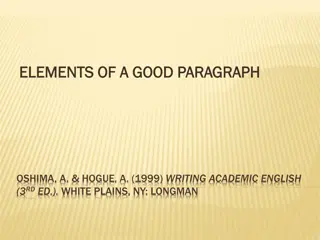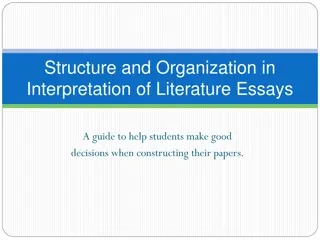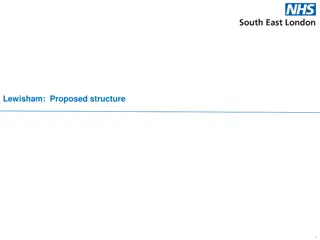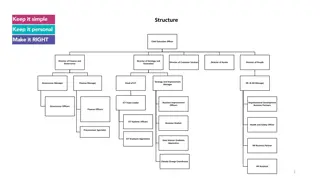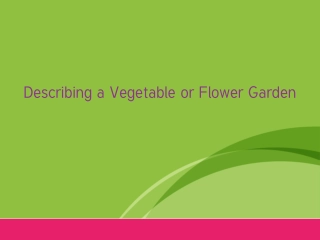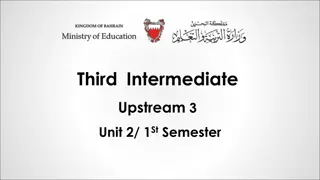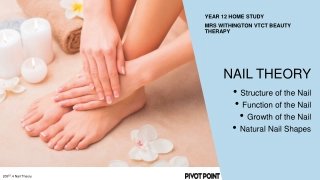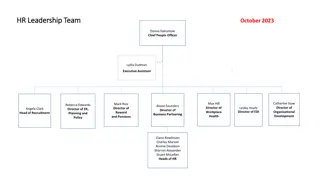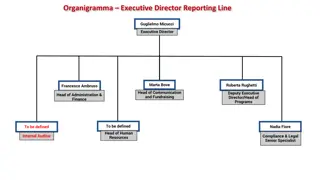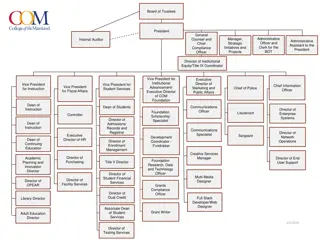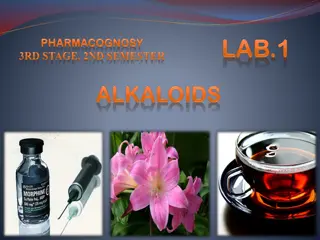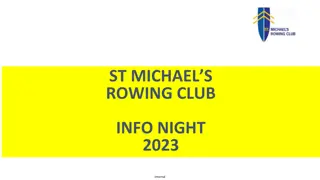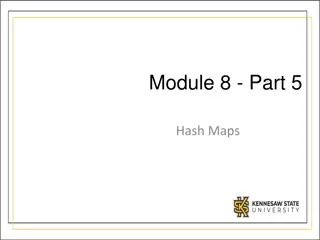The Structure of a Paragraph
Understand the components of a paragraph, including topic sentences. Learn to structure paragraphs effectively with introductions, bodies, and conclusions to convey your message clearly. Enhance your writing skills and engage readers effortlessly.
Download Presentation
Please find below an Image/Link to download the presentation.
The content on the website is provided AS IS for your information and personal use only. It may not be sold, licensed, or shared on other websites without obtaining consent from the author. Download presentation by click this link. If you encounter any issues during the download, it is possible that the publisher has removed the file from their server.
Presentation Transcript
The Structure of a Paragraph Dr. Toumi
Objectives In this lecture, you will learn: the definition of a paragraph. the parts of a paragraph. how to identify and write topic sentences.
A paragraph: is a series of sentences that are organized and coherent and are all related to a single topic. can contain many different kinds of information. could contain a series of brief examples or a single long illustration of a general point. might describe a place, character, or process; narrate a series of events; compare or contrast two or more things; classify items into categories; or describe causes and effects.
PARAGRAPH STRUCTURE Most paragraphs in an essay have a three-part structure introduction, body and conclusion. You can see this structure in paragraphs whether they are narrating, describing, comparing, contrasting or analyzing information. Each part of the paragraph plays an important role in communicating your meaning to your reader.
PARAGRAPH STRUCTURE Introduction: the first section of a paragraph; should include the topic sentence and any other sentences at the beginning of the paragraph that give background information or provide a transition. Body: follows the introduction; discusses the controlling idea, using facts, arguments, analysis, examples and other information. Conclusion: the final section; summarizes the connections between the information discussed in the body of the paragraph and the paragraph s controlling idea.
All paragraphs share certain characteristics. One of the most important ones is the a topic sentence.
A topic sentence is a sentence that indicates the main idea or thesis of a paragraph. Not all paragraphs have clear-cut topic sentences, and topic sentences can actually occur anywhere in the paragraph (as the first sentence, the last sentence, or somewhere in the middle); however, an easy way to make sure your reader understands the point of each paragraph is to write the topic sentence near the beginning . Regardless of whether you include an explicit topic sentence or not, you should be able to easily summarize what the paragraph is about.
The Purposes of a Topic Sentence: 1) Alert the reader to the topic or main point of the paragraph. 2) Signify how the writer will approach the topic or main point of the paragraph. 3) Support the author s thesis statement. 4) Accurately summarizes the main point of the paragraph in one sentence.
Questions a Topic Sentence Should Answer: What is the main point/claim/argument/idea in this paragraph? How does this relate to your overall thesis/point/claim/argument/idea?
Dogs, depending on the breed, can offer the greatest amount of love and affection. Cats, despite the prevalence of aloof behavior in many of their kind, can be deeply affectionate and amusing when playing with rubber bands or other pieces of random junk one may have taken for granted. Birds can provide sweet songs or funny talk back moments if they are of a more sophisticated intelligence. Even reptiles, fish, or amphibians can be entertaining or calming to watch.
Oranges contain Vitamin C, a vitamin that people widely recognize as helpful in maintaining immunity and fighting colds. The high potassium and low sodium contents in bananas help regulate blood pressure. Apples have fiber which benefits the body s digestive system. The antioxidants in blueberries aid the body in many ways, including reducing free radicals. Fruits contain many nutrients and offer a variety of health benefits. Oranges contain Vitamin C, a vitamin that people widely recognize as helpful in maintaining immunity and fighting colds. The high potassium and low sodium contents in bananas help regulate blood pressure. Apples have fiber which aids the body s digestive system. The antioxidants in blueberries aid the body in many ways, including reducing free radicals.


